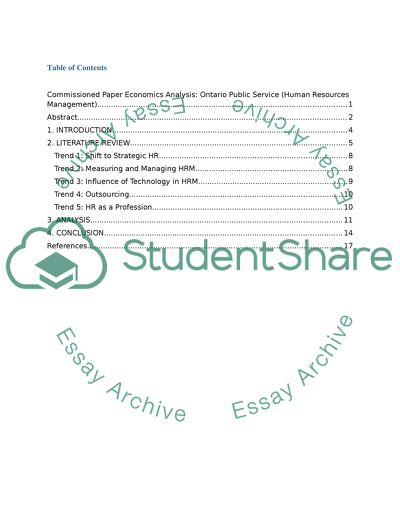Cite this document
(“Reform of Human Resource Department in Ontario Public Services Essay”, n.d.)
Reform of Human Resource Department in Ontario Public Services Essay. Retrieved from https://studentshare.org/human-resources/1403095-reform-of-human-resource-department-in-ontario-public-services
Reform of Human Resource Department in Ontario Public Services Essay. Retrieved from https://studentshare.org/human-resources/1403095-reform-of-human-resource-department-in-ontario-public-services
(Reform of Human Resource Department in Ontario Public Services Essay)
Reform of Human Resource Department in Ontario Public Services Essay. https://studentshare.org/human-resources/1403095-reform-of-human-resource-department-in-ontario-public-services.
Reform of Human Resource Department in Ontario Public Services Essay. https://studentshare.org/human-resources/1403095-reform-of-human-resource-department-in-ontario-public-services.
“Reform of Human Resource Department in Ontario Public Services Essay”, n.d. https://studentshare.org/human-resources/1403095-reform-of-human-resource-department-in-ontario-public-services.


